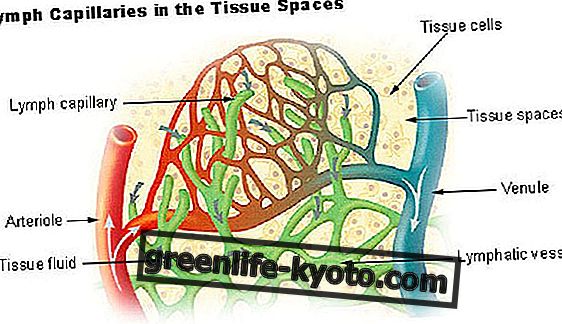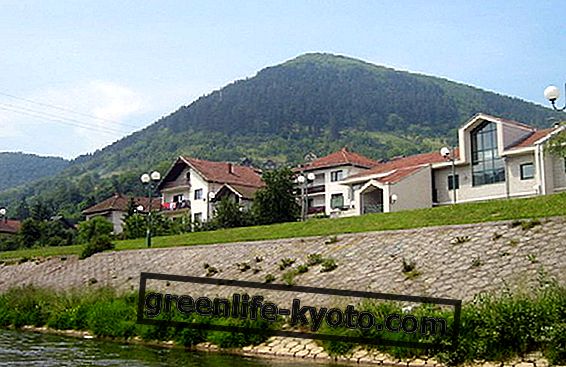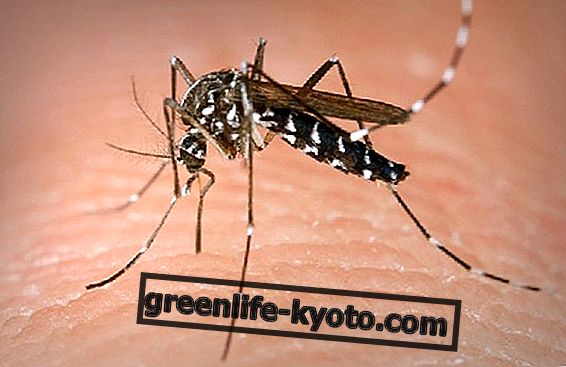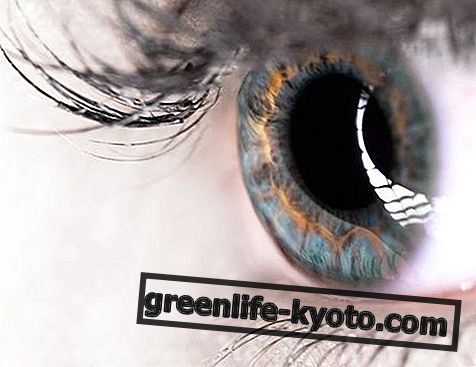
Microscopic anatomy
The anatomical structure of the lymphatic capillary consists solely of a thin layer of endothelial cells, arranged somewhat like the tiles on a roof and lacking the support of a basement membrane.
The free margins of these cells are anchored to the surrounding connective tissue by thin elastic filaments, whose task is essentially to prevent the collapse of the wall due to the extracapillary hydrostatic pressure; according to some authors, the latter would even favor the displacement of the filaments in a centrifugal sense with respect to the axis of the lymphatic capillary, increasing their permeability.
A schematic image that well represents this anatomical complexity can be found in the precious archive of images of the "Cardiology for all" site, (n. 748).
Lymphatic draining physiology
When the pressure of the interstitial liquid (extracapillary) exceeds that present in the lumen of the lymphatic capillary (intracapillary), the endothelial cells yield to the pressure that pushes them towards the inside of the capillary only with the margins not retained by the filaments. In the absence of a basement membrane, this causes spaces between the cells to open up, more or less large according to the pressure gradient.
The thin anatomy of the lymphatic capillary wall means that these pores between the endothelial cells can exceed the diameter of those of the venous capillary wall, allowing the passage of larger molecules.
The movement and / or resistance of the very thin anchoring filaments determines the opening / closing of the fenestrations (pores) that regulate the entry of the interstitial liquid, and of the substances dissolved in it, in the lumen of the lymphatic capillary, to be drained and then conveyed from the lymphatic circulation to the outlet into the venous stream.
The reduction / loss of efficiency of lymphatic capillaries
The lymphatic capillary is the initial functional unit of all the lymphatic circulation, therefore the efficiency of the lymphatic capillaries in a body district is directly proportional to the body's ability to maintain an adequate balance of liquids and solutes in the tissues of the district in question .
The fibrosclerotic evolution of PEFS (' cellulite '), as well as aesthetic treatments that are too aggressive on the subcutaneous connective tissue, can deteriorate this delicate mechanism, even definitively compromising the local functionality of the lymphatic drainage system.
The reduction or loss of efficiency of the lymphatic capillaries can be suspected when the subjective and objective evidences of the effectiveness of the Draining Massage are delayed.
At the same time, when the recipient declares to have undergone in the past invasive or particularly aggressive treatments on the anatomy of the subcutaneous tissue (eg liposuction, mesotherapy, cavitation, etc.) it must be advised that the draining effectiveness of the Manual Massage could consequently be compromised or delayed if those treatments had compromised the correct functionality of its lymphatic capillaries.
Bibliographic source
The book "The Draining Modeling Massage for Female Aesthetics on a scientific and rational basis", by Diego Zago, explores the anatomical and physiological details of the lymphatic circulation to understand how the manual skills of the massage can interact with it advantageously.












